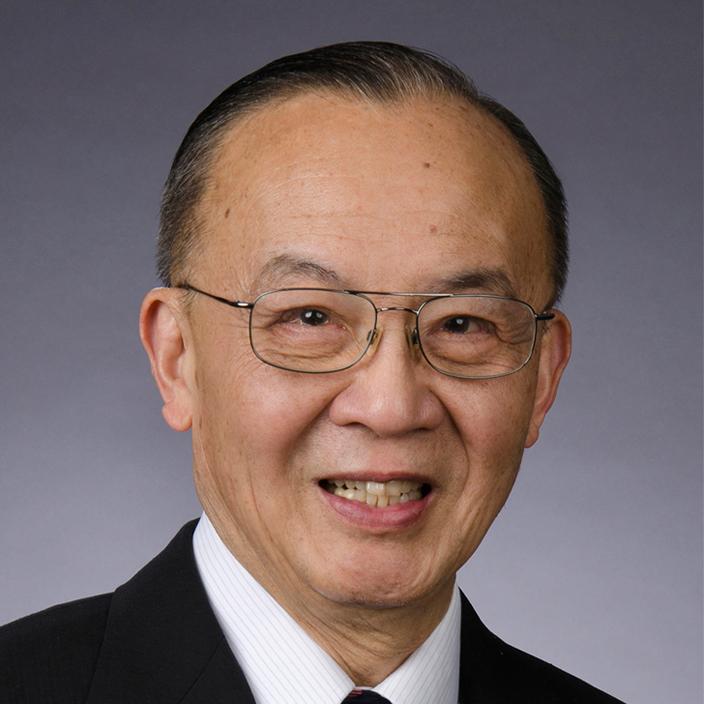
It is an oft-quoted statistic that the number one killer in the United States is cardiovascular disease, and common knowledge that the accumulation of cholesterol and artery-hardening plaques are the main culprits behind it. What is less well-known is that such abnormalities tend to occur not throughout the entire circulatory system, but only at certain parts of it, specifically in its curving and branching elements.
Heart disease, in fact, is not only a matter of diet and blood chemistry, but also of physics—the fluid dynamics of the flow of plasma and blood cells, viscosity, and other mechanical factors. It is in the unique field of blood rheology that medicine, physics, and engineering come together to shed light on these aspects. Across four decades, physiologist/bioengineer Shu Chien has worked at this convergence, pioneering an interdisciplinary understanding of one of the body's most vital systems.
Born in Beijing in 1931, Chien studied at National Peking University before moving with his family to Taiwan in 1949, where he obtained his M.D. Continuing his studies in the United States, Chien earned a Ph.D. in physiology in 1957 at Columbia University, where he remained for more than 30 years as a professor. In 1988, he moved on to the University of California to found and chair the new Department of Bioengineering. Since 1991, he has continued his research as director of the Whitaker Institute of Bioengineering and later the Institute of Engineering in Medicine at the University of California, San Diego.
Chien had begun to pioneer the field of bioengineering long before the existence of any formal academic departments or institutes in the subject. In the mid-1960s, he published a series of three seminal papers in Science on blood viscosity and how the deformation of erythrocytes (red blood cells) affects their movement and function. This not only inspired further work along these lines by many others, but also led Chien directly to a long and fruitful collaboration with Columbia mechanical engineer Richard Skalak (1923-1997) and a new interdisciplinary approach to the study of blood rheology, incorporating computational fluid dynamics and other engineering and mathematical tools.
Chien expanded his investigations beyond the mechanics of blood flow to study the endothelial cells that form the linings of all blood vessels and are therefore a key player in atherosclerotic disease. He elucidated the mechanisms of how endothelial cells respond to shear stress, stretching, and other mechanical forces, and how those responses translate into cell signaling and gene pathways that can lead to disease, a field of study known as vascular molecular bioengineering. As part of these efforts, he has been a leader in integrating the concepts of molecular biology with physiology, a discipline that had previously lacked a genetic perspective in its approach. He has done likewise for the physiological issues of blood rheology and microcirculation (the movement of blood in small vessels), organizing seminars and meetings to introduce the tools of molecular biology to his physiologist colleagues.
In fact, Chien's entire career has been uniquely broad in the way it has spanned multiple disciplines, a fact highlighted by his status as one of the very few individuals who are members of all three U.S. national academies: the National Academy of Sciences, the National Academy of Medicine, and the National Academy of Engineering. A former president of the American Physiology Society and the Biomedical Engineering Society, he is also the recipient of numerous awards, including the National Medal of Science presented by President Barack Obama in 2011.
Shu Chien can be called a scientist, an engineer, a physician, or an educator—he is all of these and has achieved extraordinary distinction in each role. But he is also something greater: an inspirational model of how a broadly interdisciplinary, complementary, and intensely collaborative approach to science and scholarship can bring together apparently disparate fields and tools to achieve insights and new knowledge that transcend the boundaries of any single discipline.
Information as of March 2016

